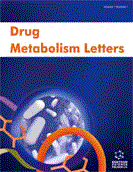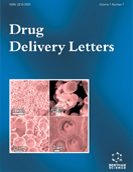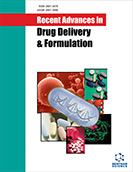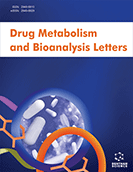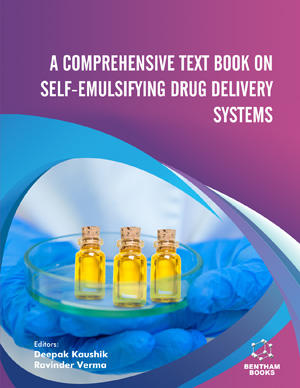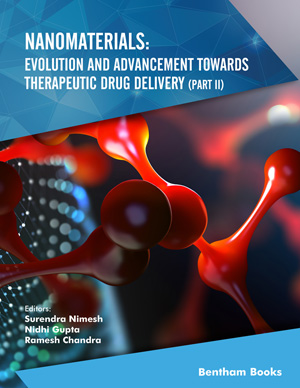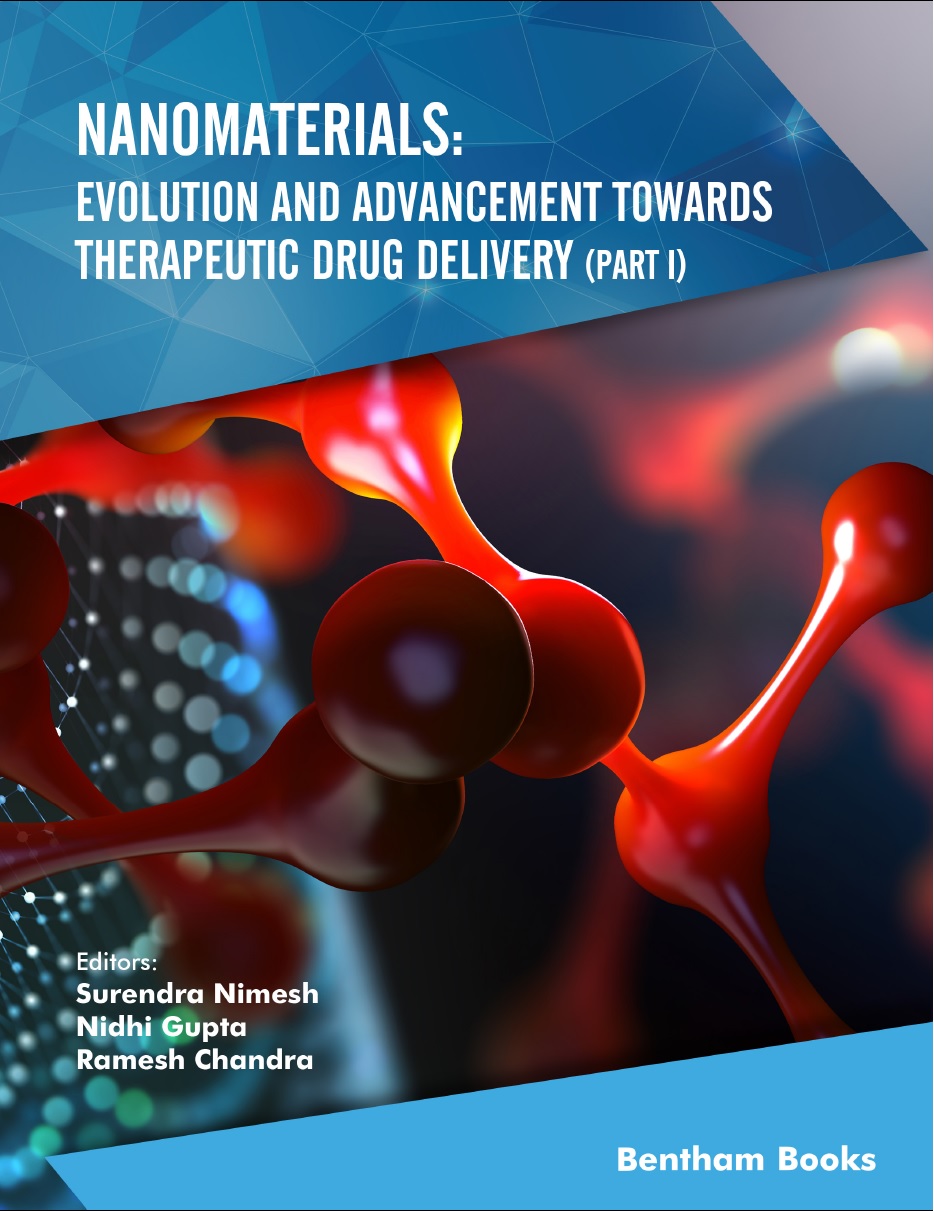Abstract
We investigated the effects of Cymbopogon schoenanthus herb on experimental induced kidney stones in male Wistar albino rats. Oxalate nephrotoxicity was experimentally induced by 200 mg single dose of glycolic acid given orally (gavage). Rats were divided into three groups, glycolic acid, glycolic acid plus Cymbopogon schoenanthus, and control (D. water). Urine analysis of blood urea nitrogen (BUN), creatinine, and calcium revealed significant differences comparing to the control. In addition, significant pathological changes were found in the kidney revealed by histopathological studies. Daily oral treatment with Cymbopogon schoenanthus (1 ml of the extract) significantly corrected the incidence of nephrotoxicity, BUN, creatinine, and calcium level differences. Moreover, optimization studies showed highly potent diuretic activity of Cymbopogon schoenanthus. After three days of experiments, four rats treated with the glycolic acid only died. The rest of animal survived and looked healthy.
Keywords: Cymbopogon schoenanthus, calcium oxalate, kidney stone, nephrotoxicity
Drug Metabolism Letters
Title: Inhibition of Calcium Oxalate Nephrotoxicity with Cymbopogon Schoenanthus (Al-Ethkher)
Volume: 1 Issue: 4
Author(s): Saeed S. Al-Ghamdi, Abdullah A. Al-Ghamdi and Ahmed A. Shammah
Affiliation:
Keywords: Cymbopogon schoenanthus, calcium oxalate, kidney stone, nephrotoxicity
Abstract: We investigated the effects of Cymbopogon schoenanthus herb on experimental induced kidney stones in male Wistar albino rats. Oxalate nephrotoxicity was experimentally induced by 200 mg single dose of glycolic acid given orally (gavage). Rats were divided into three groups, glycolic acid, glycolic acid plus Cymbopogon schoenanthus, and control (D. water). Urine analysis of blood urea nitrogen (BUN), creatinine, and calcium revealed significant differences comparing to the control. In addition, significant pathological changes were found in the kidney revealed by histopathological studies. Daily oral treatment with Cymbopogon schoenanthus (1 ml of the extract) significantly corrected the incidence of nephrotoxicity, BUN, creatinine, and calcium level differences. Moreover, optimization studies showed highly potent diuretic activity of Cymbopogon schoenanthus. After three days of experiments, four rats treated with the glycolic acid only died. The rest of animal survived and looked healthy.
Export Options
About this article
Cite this article as:
Al-Ghamdi S. Saeed, Al-Ghamdi A. Abdullah and Shammah A. Ahmed, Inhibition of Calcium Oxalate Nephrotoxicity with Cymbopogon Schoenanthus (Al-Ethkher), Drug Metabolism Letters 2007; 1 (4) . https://dx.doi.org/10.2174/187231207783221420
| DOI https://dx.doi.org/10.2174/187231207783221420 |
Print ISSN 1872-3128 |
| Publisher Name Bentham Science Publisher |
Online ISSN 1874-0758 |
 1
1Related Articles
-
Mechanisms Involved in Apoptosis Events Contributing to Sepsis-Induced Myocardial Dysfunction
Current Drug Therapy Recent Progress in the Development of Selective TRPV1 Antagonists for Pain
Current Topics in Medicinal Chemistry The Mechanisms of Gastric Mucosal Injury: Focus on Microvascular Endothelium as a Key Target
Current Medicinal Chemistry Clinical, Prognostic and Therapeutic Significance of Heat Shock Proteins in Cancer
Current Drug Targets Cannabinoids in Energy Balance and Prospectives in the Therapy of Obesity
Current Medicinal Chemistry - Central Nervous System Agents Cytotoxic and Chemopreventive Effects of Gemin D Against Different Mutagens Using In Vitro and In Vivo Assays
Anti-Cancer Agents in Medicinal Chemistry Targeting NO/cGMP Signaling in the CNS for Neurodegeneration and Alzheimer’s Disease
Current Medicinal Chemistry Mutations in MicroRNA Genes and Their Binding Sites are Infrequently Associated with Human Colorectal Cancer in the Kashmiri Population
MicroRNA Solid Dispersion in Pharmaceutical Drug Development: From Basics to Clinical Applications
Current Drug Delivery Cancer Metastasis: Characterization and Identification of the Behavior of Metastatic Tumor Cells and the Cell Adhesion Molecules, including Carbohydrates
Current Drug Targets - Cardiovascular & Hematological Disorders Investigating the In Vivo Expression Patterns of miR-7 microRNA Family Members in the Adult Mouse Brain
MicroRNA Critical microRNAs in Lung Cancer: Recent Advances and Potential Applications
Anti-Cancer Agents in Medicinal Chemistry Cancer Preventive Phytochemicals as Speed Breakers in Inflammatory Signaling Involved in Aberrant COX-2 Expression
Current Cancer Drug Targets The Role of Cetuximab and Other Epidermal Growth Factor Receptor Monoclonal Antibodies in the Treatment of Advanced Non-Small Cell Lung Cancer
Reviews on Recent Clinical Trials Caffeine: Cognitive and Physical Performance Enhancer or Psychoactive Drug?
Current Neuropharmacology miRNAs in Insulin Resistance and Diabetes-Associated Pancreatic Cancer: The ‘Minute and Miracle’ Molecule Moving as a Monitor in the ‘Genomic Galaxy’
Current Drug Targets Chemokines in the Pathogenesis and as Therapeutical Markers and Targets of HCV Chronic Infection and HCV Extrahepatic Manifestations
Current Drug Targets Alcoholic Liver Disease and Hepatitis C Chronic Infection
Reviews on Recent Clinical Trials microRNA, Cancer and Cancer Chemoprevention
Current Molecular Pharmacology Genomics Can Advance The Potential For Probiotic Cultures To Improve Liver And Overall Health
Current Pharmaceutical Design


